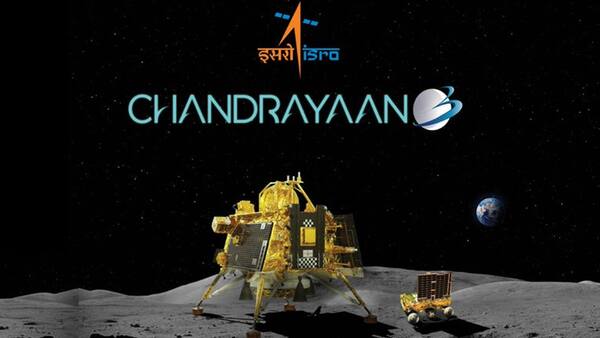
By clicking “Accept All Cookies”, you agree to the storing of cookies on your device to enhance site navigation, analyze site usage, and assist in our marketing efforts. Cookie Policy

India is about to make history as Indian Space Research Organisation’s (ISRO) Chandrayaan 3 lands on Moon’s south pole later today. Unlike Chandrayaan 2, Chandrayaan 3’s Vikram Lander and Pragyan Rover rely a lot on emerging technologies including AI, cameras, sensors, and more.
Having said that, let’s take a look at the equipment and technology behind the Chandrayaan 3-moon mission.
Chandrayaan 3 consists of an indigenous Lander module (LM) called Vikram, a Propulsion module (PM), and a Rover called Pragyan. The Propulsion module and Lander module, which has the Rover in it have already been separated. The Lander will begin the descent phase later today at 5:45 PM IST. Upon landing at around 6:04 PM IST, the Lander will release the Rover on the moon’s surface.
AI Automation
Interestingly, Chandrayaan 3’s descent phase is fully automated. It does not include human intervention. Once the descent phase begins, the lander is on its own. As to how it will land, it will use AI to map its position on the moon’s surface.
Vikram Lander
The Vikram Lander packs several sensors including a few camera sensors. The sensors on Lander include Laser Inertial Referencing and Accelerometer Package (LIRAP), Ka-Band Altimeter (KaRA), Lander Position Detection Camera (LPDC), LHDAC (Lander Hazard Detection & Avoidance Camera), Laser Altimeter (LASA), Laser Doppler Velocimeter (LDV), Lander Horizontal Velocity Camera (LHVC), Micro Star sensor, and Inclinometer & Touchdown sensors.
The Lander carries Radio Anatomy of Moon Bound Hypersensitive Ionosphere and Atmosphere (RAMBHA), Chandra’s Surface Thermophysical Experiment (ChaSTE), Instrument for Lunar Seismic Activity (ILSA), and Laser Retroreflector Array (LRA). Based on the technology and these payloads, the Lander module will help do several experiments.
Pragyan Rover
Coming to the Pragyan Rover, it will separate from the Lander once the Lander reaches the surface of the moon. Then, the Rover will communicate with Lander via tech like Rx/Tx antennae. Rover’s objective is to navigate the moon’s surface and understand elemental and chemical compositions. For this, it packs navigation cameras alongside antennae.
Rover carries Laser Induced breakdown Spectroscope (LIBS) and Alpha Particle X-ray Spectrometer (APXS). With the help of these payloads and technology, Rover will learn and send high-quality information.
Propulsion Module
As for the Propulsion Module, it has a 440N Liquid Engine with a star sensor, solar panel, and TTC antenna. It carries the Spectro-polarimetry of the HAbitable Planet Earth (SHAPE). One of its objectives includes probing into a variety of Exo-planets that would qualify for habitability.
Author Name | Pranav Sawant
Select Language